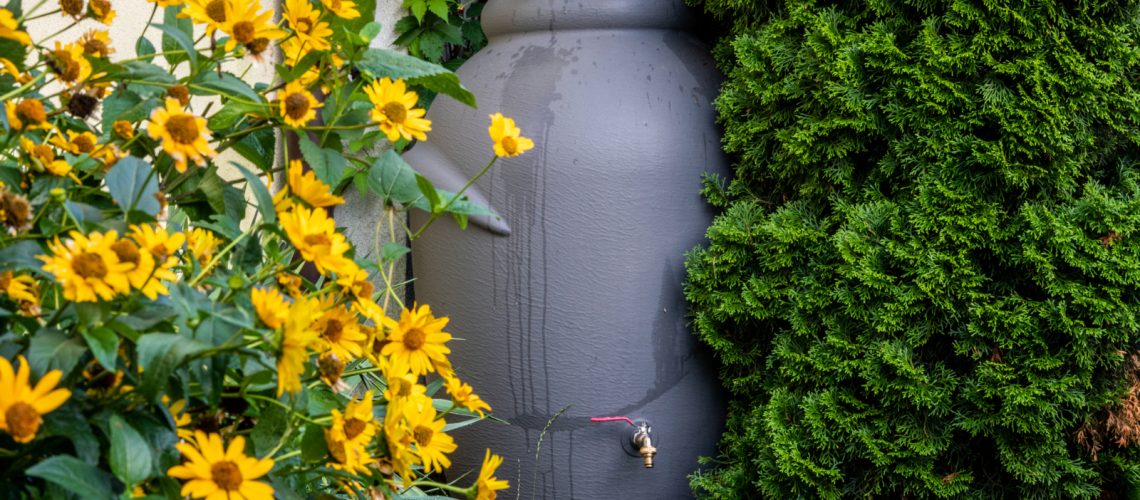Water is the source of all life, and it’s essential in Florida, just like anywhere. It is a state with so much heat, humid summers, and frequent storms that many mistakingly believe there is never a water shortage. However, especially in the dry months of late winter and early spring, water can become a limited resource that needs to be used efficiently. You can save water every day without limiting your activities or sacrificing your enjoyment of the sunshine.
Install a Water-Efficient Toilet
Toilet water consumption is one of the most significant water savings in the home. If you have an older toilet, you can reduce your usage by 40% by upgrading to a more efficient model. For a water-saving toilet to be practical, it must have the correct size and be installed appropriately. Be sure to check the size of your current bathroom before purchasing a new model. If you’re replacing an old toilet, you may be able to get a model that saves water with a smaller tank or with a high-efficiency flush.
Plant Native Trees and Shrubs
Trees and shrubs native to Florida require less water than those not native to the area. Suppose you are setting up a new garden or adding new plants to an existing yard; consider planting native species. Additionally, you can add new landscaping features like rain gardens to help reduce water usage. These gardens collect and store rainwater in the soil, reducing runoff that flows into local waterways and increasing the water available for your other plants.
Conserve Water in the Shower
Hot water accounts for almost half of the water used in the average home. To reduce the amount of water you use in the shower, try taking shorter showers with cooler water. Several water-saving showerheads are designed to reduce water usage without impeding your shower experience for those who prefer to take longer. Some showerheads even have timers to remind you to reduce your water usage and save money.
Turn Off the Tap When You’re Not Using It
Approximately 10% of water is wasted through leaks in the home. Leaks are widespread in toilets and faucets. Toilets often leak slowly when flushed, and faucets can leak unnoticed during use. Bathrooms are easy to repair, and most plumbing supply stores offer toilet parts and instructions for simple repairs. You have several options for shutting off the water when you’re not using it for faucets.
Install Rainwater Harvesting Equipment
Rain barrels are a way to collect water in your yard, reducing your reliance on municipal sources. This water can water your plants or even wash your car. They’re simple to install and can be purchased with or without a connection to your home’s plumbing system. An alternative to rain barrels is the installation of a rainwater harvesting system. This is a more permanent option that can water your lawn and plants and provide water for your home.
Plan To Repave With Water-Efficient Materials
Asphalt is the most popular material used for paving driveways and parking lots. It’s also one of the most water-intensive paving materials. If you’re designing to repave your driveway or parking lot, you may want to consider an alternative material. Concrete is a common water-efficient paving material. It can also be stamped or colored to create a unique design.
Always Turn Off The Water While You Brush Your Teeth.
One of the easiest ways to reduce water usage is to turn off the tap while brushing your teeth. If you turn off the faucet while brushing your teeth for 3 minutes per day, you’ll reduce your daily water consumption by 12 gallons. That’s a significant amount of water saved by something so simple and easy to do.
Conclusion
Water conservation is essential not only because our water supply is limited but also because it impacts our environment. Reducing your water usage directly minimizes the strain on local rivers and lakes and improves stream quality for those who love to fish.

